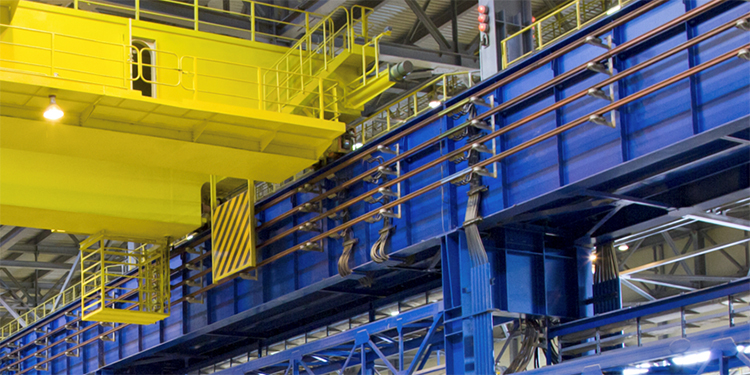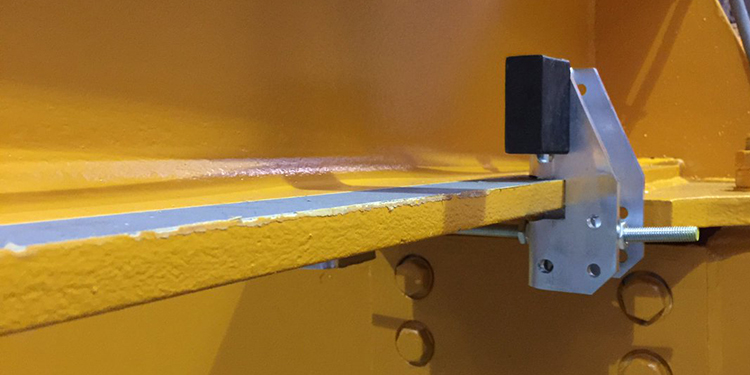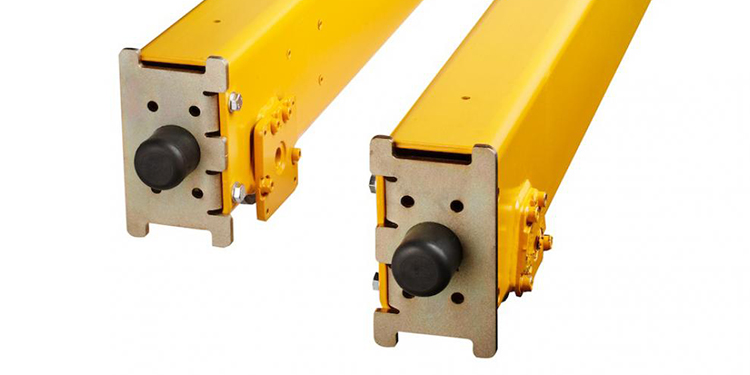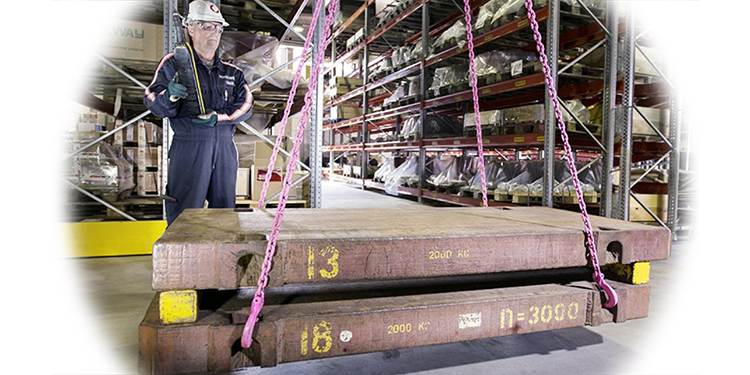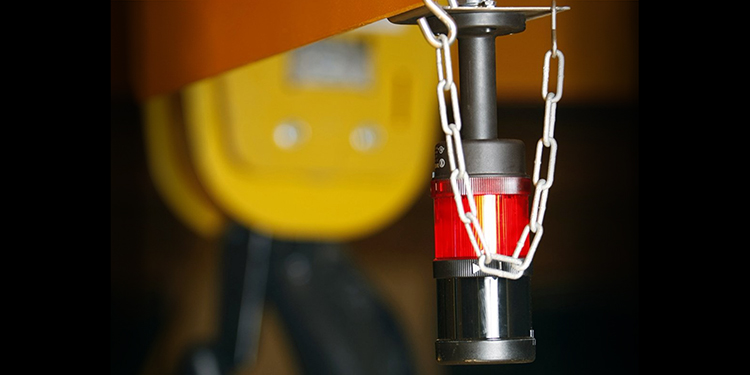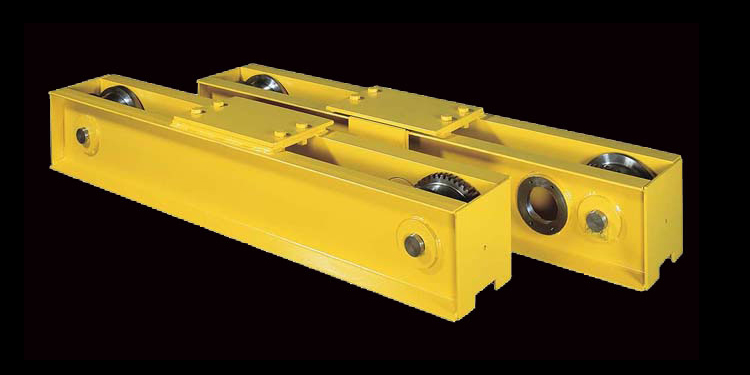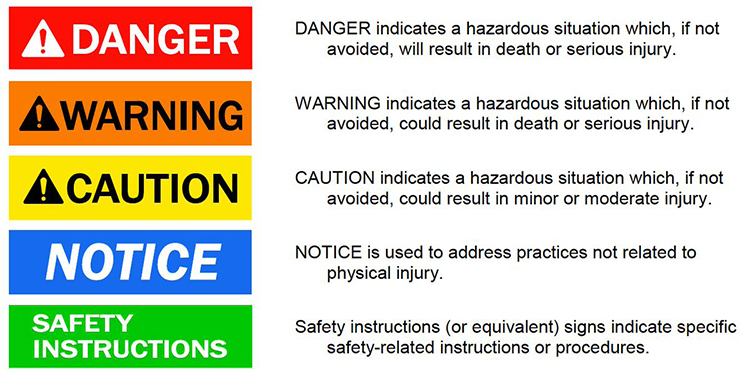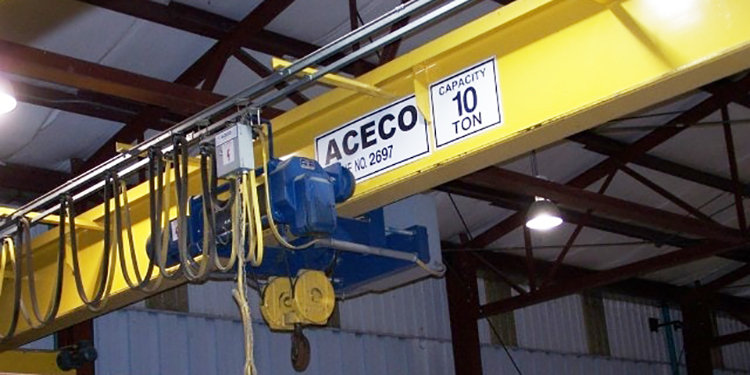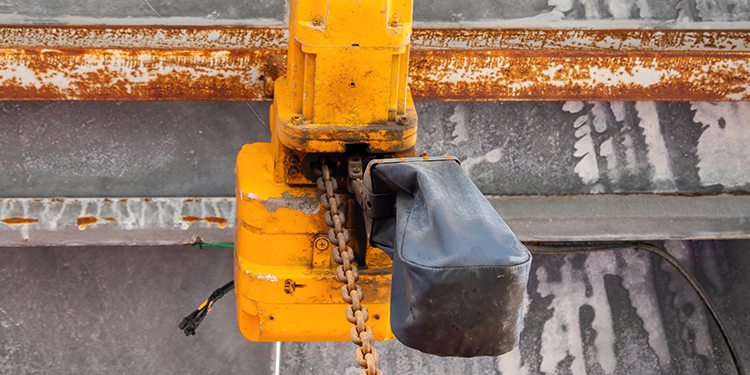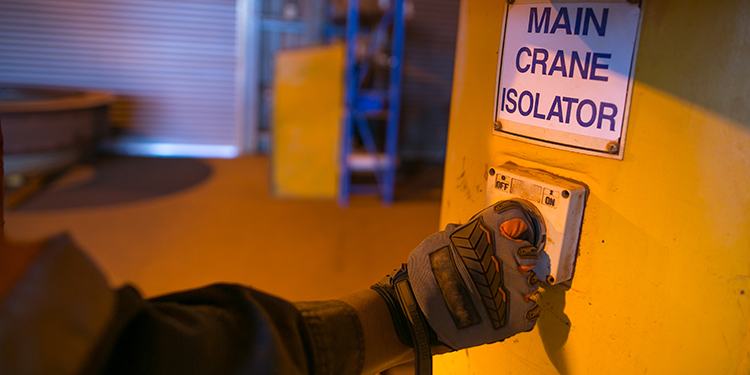End Stops: Best Practices For Specifying And Using In Overhead ...
End stops mark the end of a rail in an overhead crane or monorail system. Located at the termination point of the running surface for bridge and trolley travel, these fixed devices provide a physical barrier that fully engages the ...
How Trolley And Bridge Bumpers Stop Structural Damage To Cranes, ...
Functioning much like the bumper on an automobile, trolley and bridge bumpers are devices that absorb the energy and reduce the impact when a moving crane or hoist trolley reaches the end of its permitted travel — or when two ...
Understand The Basics Of Load Test Requirements
A load test is performed to verify that a specific crane or hoist will safely perform all of its functions while supporting a test load whose weight is at least equal to the equipment’s rated capacity. Because load tests confirm ...
Alert Personnel To Overhead Crane Operation With Audible And Visual ...
Warning devices, including both audible alarms that emit an unusual sound and visual alarms that illuminate or flash repeating patterns of light, should be used on both indoor and outdoor overhead cranes whose lifting, lowering, and movement functions are powered. ...
Keep Overhead Bridge Crane Rails Free Of Debris With Rail ...
While keeping crane runway beams and girders clear of any foreign objects, dirt, or debris that might impede the travel of an overhead crane is a best practice for all operations, there’s always the chance that something might land on ...
Understanding Safety Signs And Overhead Lifting Equipment Hazards
As heavy industrial equipment designed and engineered to lift, transport, and maneuver large, dense loads throughout a facility, overhead handling systems — including cranes, hoists, and monorails — can pose safety hazards to operators and other personnel if they are ...
Why Capacity Markings Are Crucial To Overhead Handling Safety
All components of an overhead handling system — including cranes, hoists, and monorails — are designed and constructed by their original equipment manufacturer (OEM) to support a maximum rated load. Typically measured in tons, the load capacity of each specific ...
Hoist Chain Container Best Practices
When a hoist is equipped with a load chain to lift or lower a load, there is often excess slack chain hanging from the unit. This slack load chain can interfere with the load, the adjacent load chain, or even ...
Why Key Personnel Must Know How To Disconnect An Overhead ...
With nearly all overhead cranes powered by electricity, it is imperative that personnel who operate, maintain, or work with these systems know how to cut the power in the case of emergency or maintenance need. That means they need to ...


